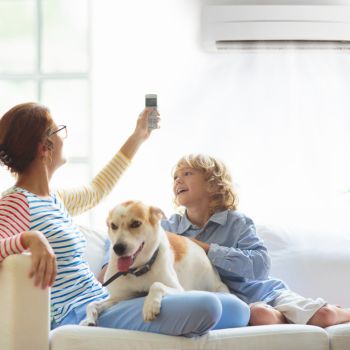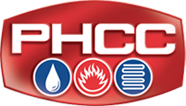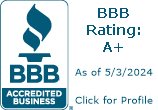How to Economically Cool Your Home
 When the forecast predicts high temperatures and humidity, you’re concerned about cooling your home. While putting the air conditioning on full blast can provide relief from the heat, it’s not always the most economical choice. On the other hand, you want to stay comfortable in your home and not have to worry about heat-related illnesses.
When the forecast predicts high temperatures and humidity, you’re concerned about cooling your home. While putting the air conditioning on full blast can provide relief from the heat, it’s not always the most economical choice. On the other hand, you want to stay comfortable in your home and not have to worry about heat-related illnesses.
To keep your energy bill down and reduce your carbon footprint while avoiding overheating, learn how to economically cool your home as outdoor temperatures rise.
Reduce Sunlight
Whether sunlight passes through a window or touches the roof of your home, it warms the interior and causes the temperature to increase. When the sun is high in the sky, you want to create shade to limit how much light enters your home.
A few practical strategies include:
- Setting up shade outdoors, including awnings, screens and light-blocking shelters. Trees further help reduce the light passing into your home, especially those near a window or side wall.
- Adding blackout curtains or light-blocking blinds to your windows, which limit how much light travels inside. Without curtains, longwave light transitions to shortwave and is easily absorbed by household objects.
- Making sure your windows use insulated glass, which keeps cool temperatures in, or low-e glass, which reflects heat back out.
- Getting your roof painted white or silver to reflect light from the top of your home.
- Fully shutting windows and doors to keep out hot air. However, open interior doors to improve air circulation between rooms.
Improve Insulation
Often associated with retaining heat, insulation also holds onto colder temperatures during summer’s hottest days. In the spring, check all ceilings, attics, walls and crawlspaces to ensure they’re properly insulated. Specifically, to keep cool temperatures in and prevent light from entering your home. The more cold air your home contains, the less power needed to cool the interior, including during a heat wave.
Also make sure all air conditioning ducts are insulated and fully sealed to improve their efficiency in cooling your home. Without insulation, your ducts can lose anywhere from 25 to 30 percent of the air passing through.
Strategically Cool Your Home
Especially if you live in a home made of brick or concrete, your property is optimized in trap cooler air. Rather than just letting your air conditioner run, utilize cooler nights to manage your home’s interior temperature during the day. To do this:
- Know which nights the outside temperature will be cooler than your home’s interior. Check the thermostat and temperature reading for your region to make this comparison.
- Turn off the air conditioning and open all windows at night to let cooler air in.
- Pre-cool your home by switching on the air conditioning ahead of a heatwave at a lower temperature. Schedule usage earlier in the day to lock cool air inside during peak sunlight hours.
- Use any ceiling fans in conjunction with your air conditioner or when you have the windows open to better circulate cool air.
Reduce Sources of Heat
To cut down on other sources of heat inside your home:
- Limit appliance use during a heatwave. Avoid turning on the oven and dryer or use a lower power setting.
- Make sure your HVAC system is on the right setting and is not generating heat for part of the day.
- Install LED bulbs, which last longer, generate less heat and use less energy than incandescent bulbs.
Work with MJ Fahy & Sons to prepare your home for the summer months. To discuss air conditioning repairs or installation, contact our team today.




